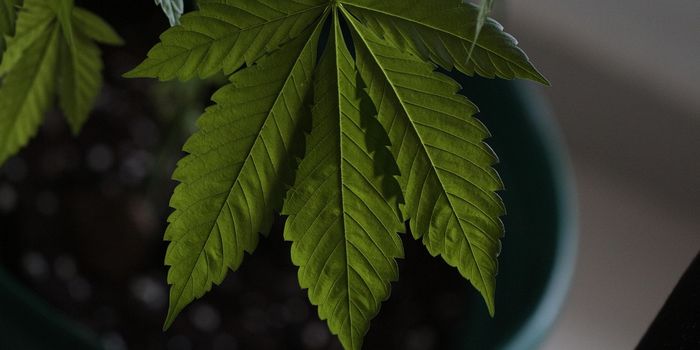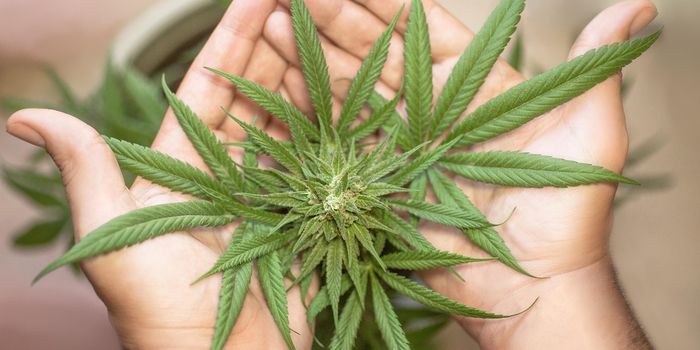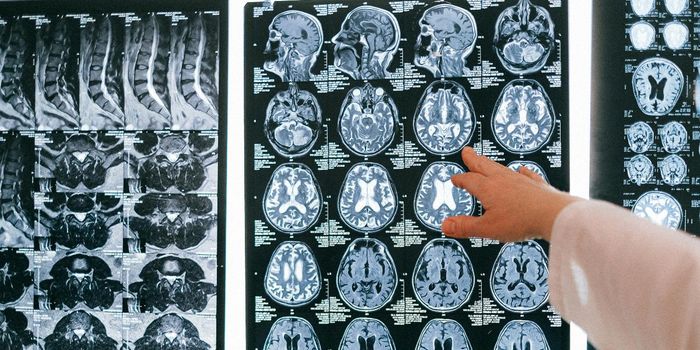Rise in Type 1 Diabetes Linked to COVID-19
The lasting effects of the COVID-19 pandemic are still unclear. More research has come out describing long-term adverse symptoms in previously unexpected populations. According to the Center for Disease Control (CDC), there is evidence that pediatric type 1 diabetes increased during the COVID-19 pandemic. Additionally, there have been an increasing number of pediatric type 1 diabetes cases since the pandemic. A study in the JAMA Network Open Journal gathered data on young people (<18 years old) around the world diagnosed with type 1 diabetes during the pandemic. These data collected from over 38,000 individuals highlights a concern for the broader healthcare community.
Type 1 diabetes is a condition in which the pancreas makes little to no insulin. Insulin is needed for sugar to enter the cell and provide energy to function. Therefore, if insulin is absent, sugar cannot get to the cells and the cells cannot properly function. This is why one symptom of type 1 diabetes is the feeling of tiredness and weakness. It is critical to talk to your doctor if you or a loved one experiences symptoms of type 1 diabetes as it can be fatal. Cells in your body are deprived of nutrients and will starve unless insulin can regulate sugar levels. Different factors can result in this disease including genetic and viruses. More importantly, although there is a lot of research on type 1 diabetes, there is currently no cure. Children must live a life treating the disease by having an insulin pump or insulin medication injections.
The rise in cases might be due to backlogs and delays in the healthcare system due to the pandemic shutdown. Although this may account for some of the rise, scientists believe this is not the sole reason for such an increase in diagnosis. The study reported that there was a 14% rise in cases during the first year of the pandemic compared to the previous year. The second year of the pandemic, the rate was increased to 27%. Even though scientists are unsure of this steady increase in pediatric type 1 diabetes, researchers advise that hospitals, clinics, and private practices be prepared for the influx of diagnosis.
Scientists are unsure for the rise in pediatric type 1 diabetes. One thought behind it is that COVID-19 triggers a reaction which increases the risk of disease. However, not enough studies support this theory. Another thought is that the pandemic forced children inside keeping them from being exposed to germs needed to build an effective immune system to combat type 1 diabetes. Although scientists are unsure of the cause, physicians are urging parents to be on the lookout for symptoms including tiredness, heavy bathroom use, and/or weight loss.
This paper is critical to understand the rising rates in pediatric diabetes. Primary care physicians and parents can be more aware and treat children earlier, saving lives. Further long-term studies will also be necessary to clarify how the pandemic has affected the rate of pediatric type 1 diabetes.








